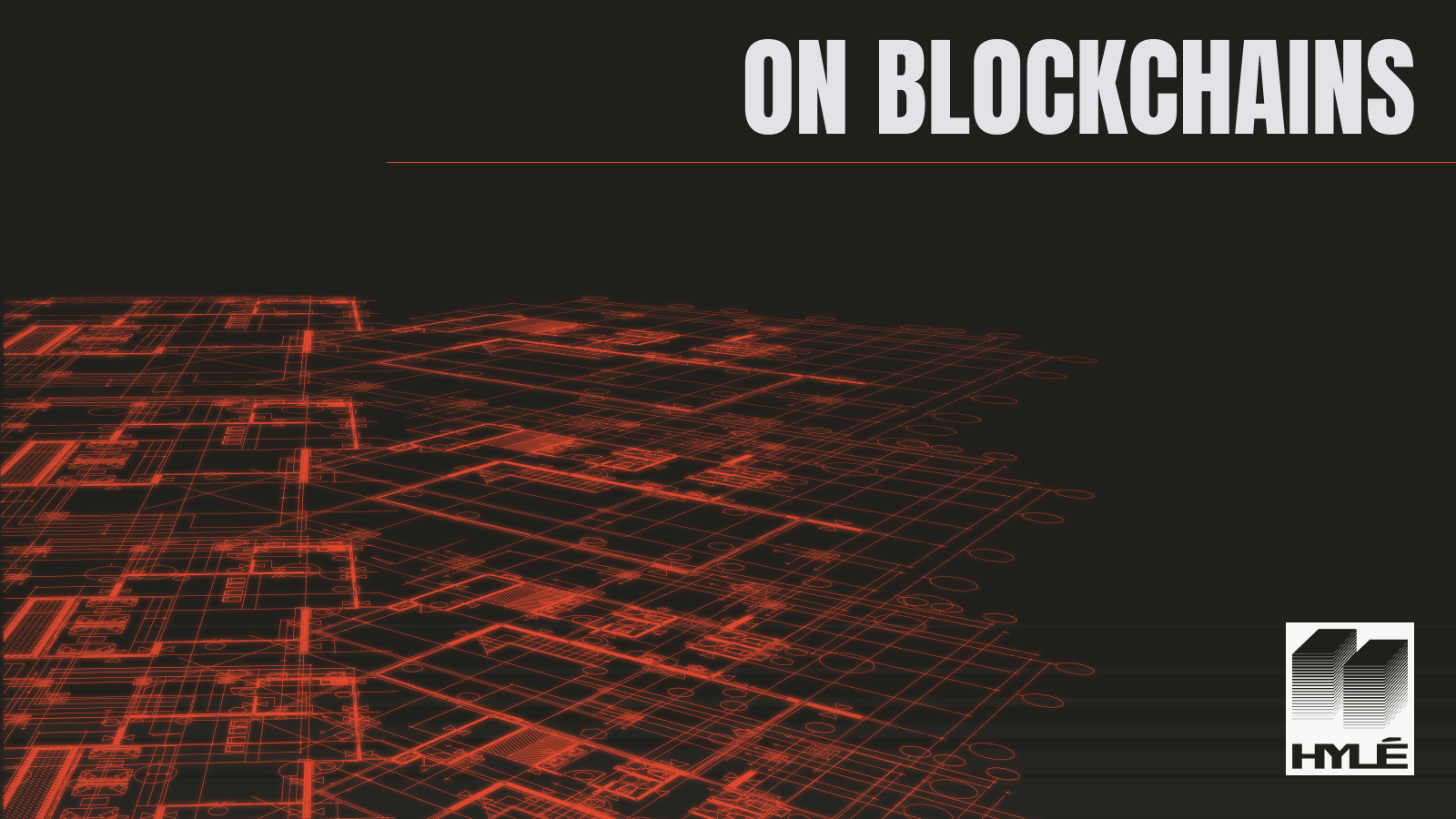On blockchains
A tangent from our upcoming whitepaper, in which we take the time to define what blockchains are.

This post is a little bonus from our whitepaper's appendix. Stay tuned for the actual whitepaper!
Blockchain: the world computer
Blockchains strive to provide a hard, censorship-resistant abstraction of a single digital alternate reality. And because none of these words are free of sin, let’s explain what we mean.
A blockchain doesn’t provide a specific service or a specific website. Instead, it provides a machine executing arbitrary application logic on an arbitrary global state. It provides the abstraction (or illusion) that there is only one instance of this world computer and that everyone sees the same data and the same applications built on top of it.
One level deeper, the abstraction is that this “world computer” is an autonomous world. It is designed so that it has no owner, leader, or single entity able to force it in any direction. This makes it analogous to the universe as a whole. Thich is, of course, incredibly pretentious to say, but you are reading a blockchain blog post. What did you expect?
Censorship resistance and hardness
To achieve strong autonomy, a blockchain must logically be censorship-resistant and exhibit hardness.
Censorship resistance means that anyone can fully interact with the blockchain with the same rights as all other users. Much like real-life counterparts, this is about de jure rights. On-chain interactions usually require some form of payment, which can prevent some people from using them.
However, actually achieving strong censorship resistance is difficult. This means that a blockchain has no owner and no leader in charge of deciding what information goes into its state. Obtaining this requires preventing any single entity from being “too much” in charge. That is usually done by relying on very decentralized leadership. In the case of blockchains, this usually turns into unending discussions about consensus mechanisms. We will, of course, be throwing our hat into this ring shortly.
Hardness is censorship resistance over time. It is the ability to trust that if you own some token at a given time, then you will still own it at any arbitrary future time. This is a property of the physical universe: if you put your phone in your pocket, it’s unlikely to suddenly tunnel through fabric toward the ground. (Unless you have a hole in your pocket.)
Hardness is the property that people usually refer to when they say “funds are safu.” In a blockchain context, it’s often called “security.” Hardness is induced by censorship resistance and the ability to verify that the blockchain world computer is operating as it should. This is called “correctness”.
Correctness, and thus hardness, is easy to verify. Simply perform the same calculation as the world computed and check you arrive at the same result. Proving that an external party arrived at an incorrect result is an objective fact. This is the basis of most slashing mechanisms in Proof of Stake blockchains. In these, an incorrect participant can have their stake taken based on factual evidence.
Censorship-resistant and hard systems are trust machines. Any application secured by the chain obtains the same properties. This is the core value of blockchains for developers and why applications are usually affectionately nicknamed “Smart contracts”. They are, in a very real sense, the physical laws of the blockchain’s alternate reality.
